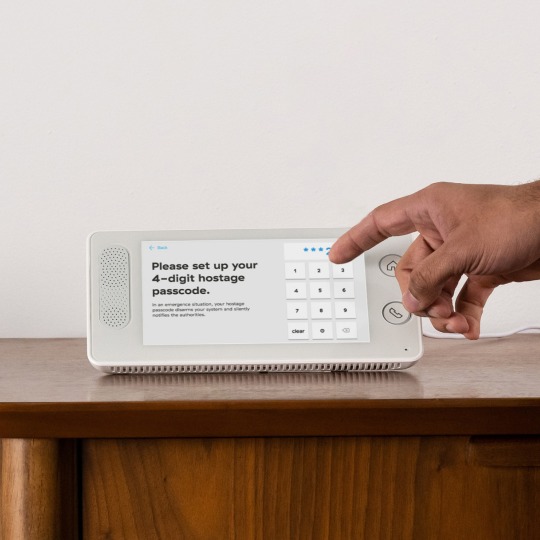Don't wanna be here? Send us removal request.
Text
Outdoor Camera Surveillance - How to Protect Your Outdoor Environment
Outdoor camera surveillance for your boat, garage, shop or outside your house are just some of the areas you may need to protect. Many people do not know that construction sites are high theft areas; in fact, most contractors estimate they lose 3% to 4% of their profit to construction site theft. Although all digital video cameras are not made the same, there are some unique features that make outdoor camera surveillance very versatile to use.
Outdoor camera surveillance equipment is made especially for use outdoors in stand-alone situations where they may be exposed to the weather and other elements. In fact, many outdoor camera surveillance cameras are rated by their manufacturer with the International Electrotechnical Commission (IEC) Ingress Protection (IP) code. An IP code gives the user a definitive rating of what type of conditions the camera is rated for. Check out our blog post for a complete description on how to read IP codes Glass Break Sensor.
Outdoor camera surveillance equipment has a wide variety of extra features so that a camera can be purchased to satisfy a specific need. A multiple camera system doesn't have to have all the same cameras and one should use different cameras that are specific for the application. Each camera can have different features to suit the condition, yet all can easily work in unison on one system.

The following is just a partial list of some of the optional features available on outdoor camera surveillance cameras:
- Pan-Tilt-Zoom (PTZ) function. These cameras can move horizontally or vertically to greatly increase the total field of view area of the camera. They have a telephoto lens that can enlarge the view as well. These cameras can be used with Digital Video Recorder software that can automatically track or follow a moving object.
- Day/Night vision or Day/Infrared or IR cameras are incredibly sensitive to light and can require very little light to produce a high quality color video. Some cameras can produce video in lighting conditions equivalent to that of a clear, moonless night. Other cameras make use of infrared radiation in the near infrared spectrum to illuminate their field of view. These cameras usually use infrared Light Emitting Diodes (LEDs) to illuminate their target areas. Human eyes cannot detect this infrared light so it is invisible to us in the dark. When operating in this mode these cameras produce high quality black and white or monochromatic video as there are no "colors" associated with infrared illumination.
- Wireless technology cameras. These cameras have their own built-in transmitter and antenna that send the video signal to a corresponding receiver (or Digital Video Recorder with a built-in receiver). This eliminates the need for running a video transmission cable for each camera to the Digital Video Recorder. These cameras can also be battery operated allowing them to be mounted almost anywhere.
- Internet Protocol (IP) ready cameras. These cameras can be connected to a broadband internet connection and be both controlled and monitored in a remote location anywhere in the world that there is internet accessibility (this includes 3G and 4G smartphones as well).
It's pretty easy to see the versatility of outdoor security camera surveillance, and the above list doesn't even contain all the features that are available. The point is to spend some time doing your research so you can build the best system for your particular application.
1 note
·
View note